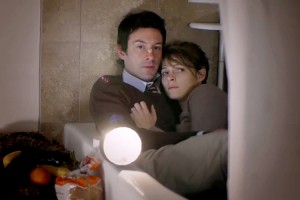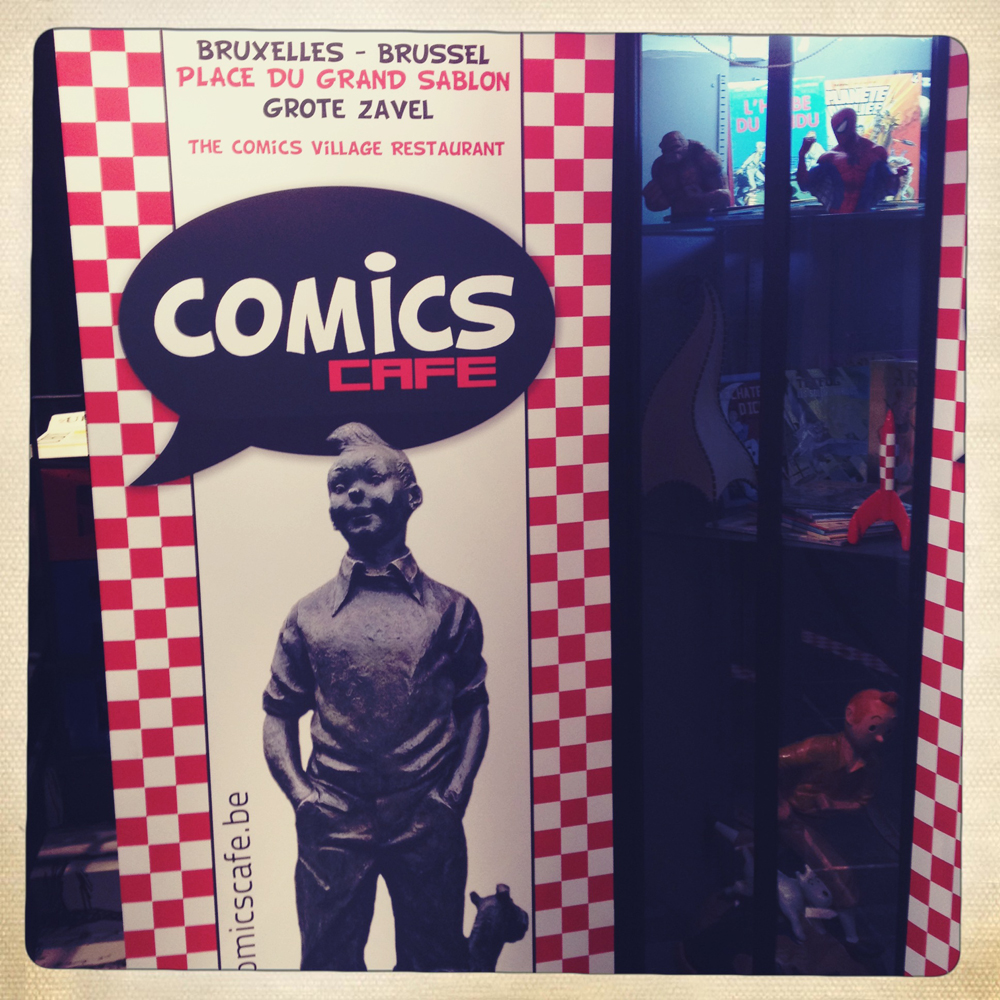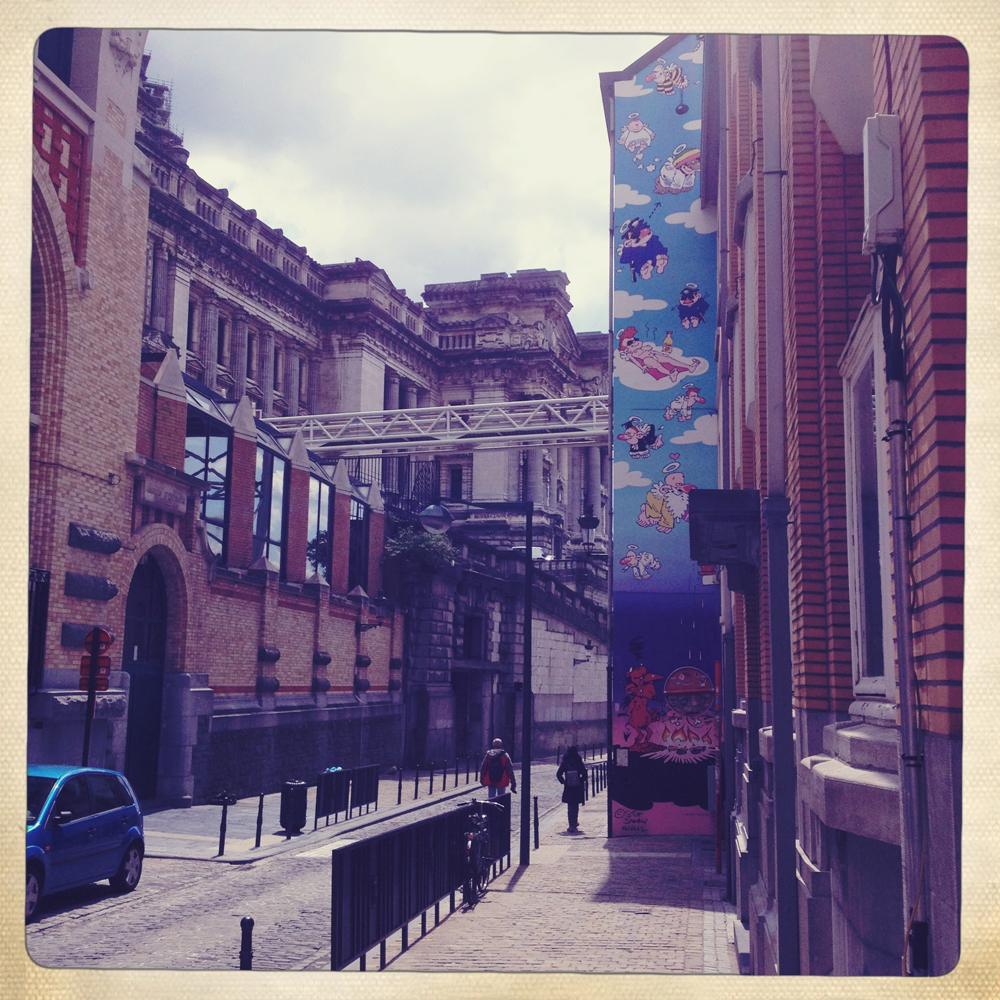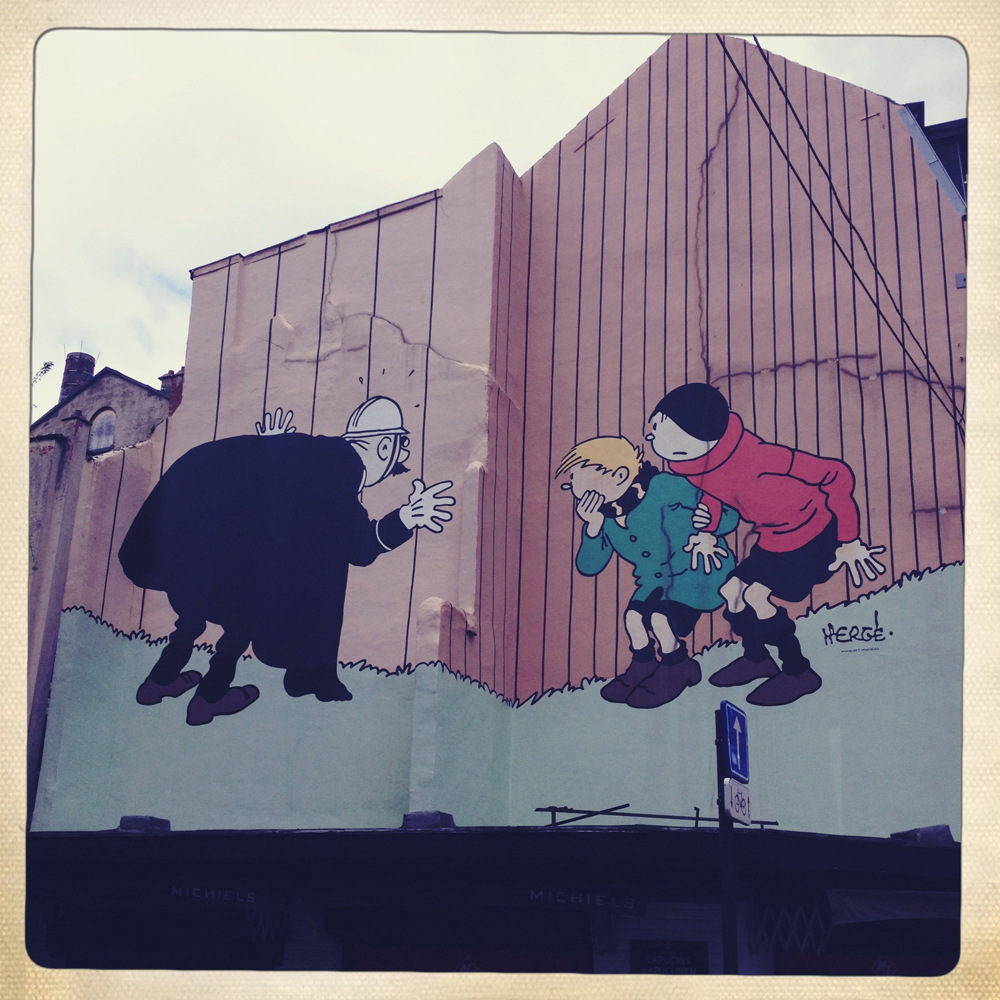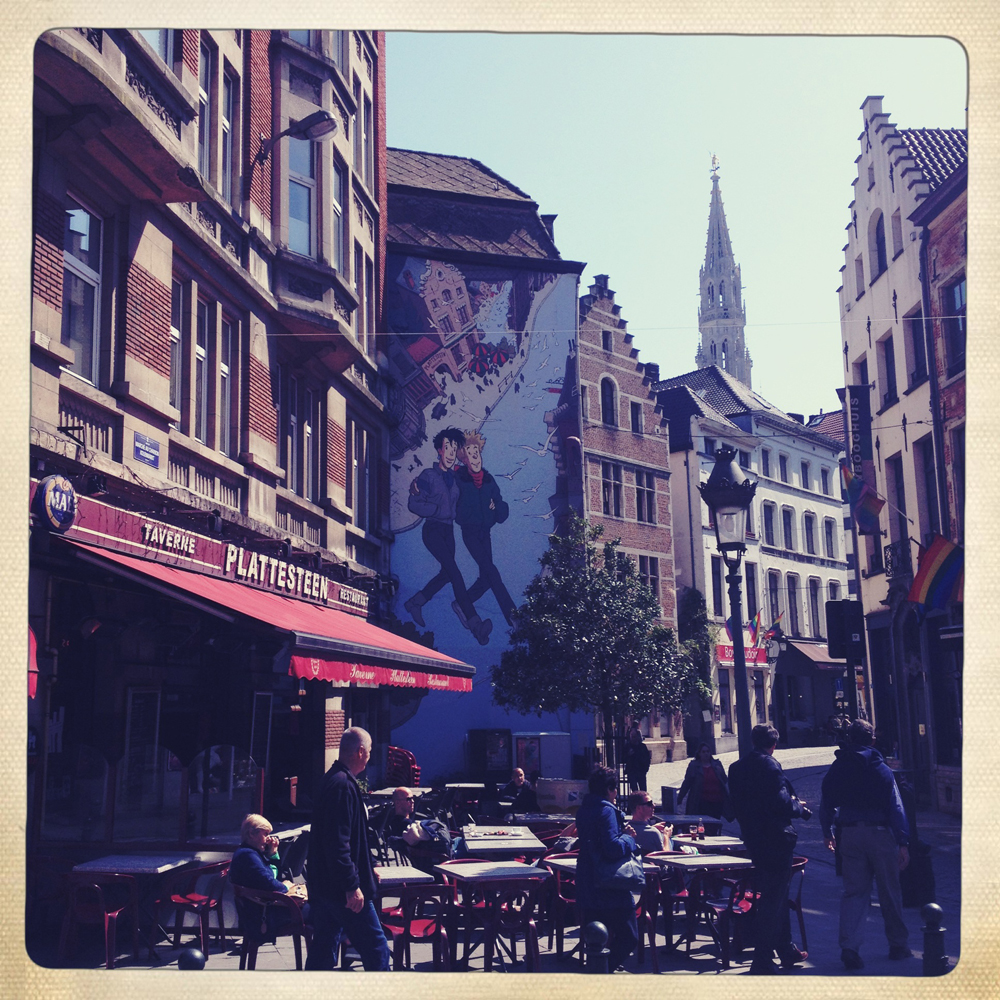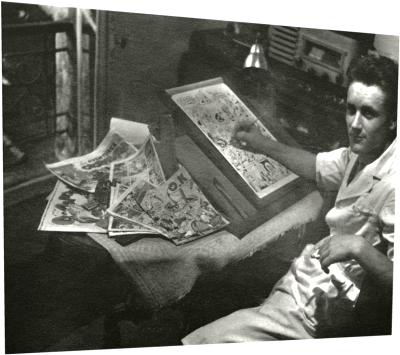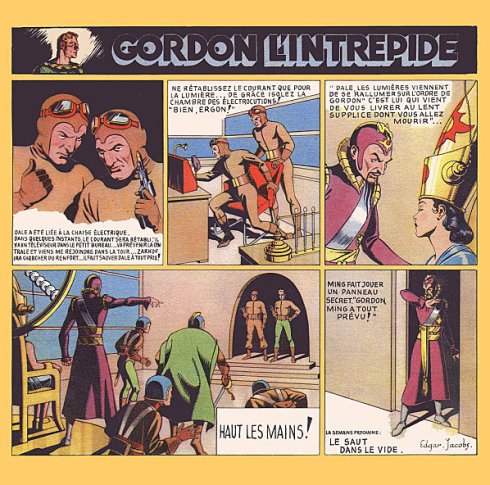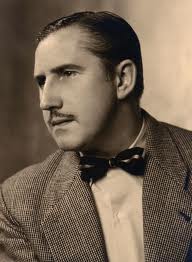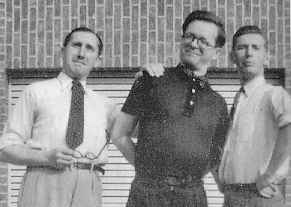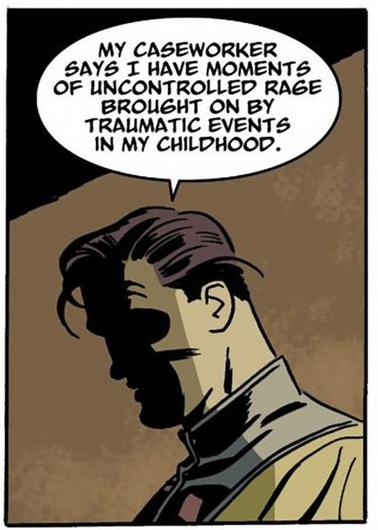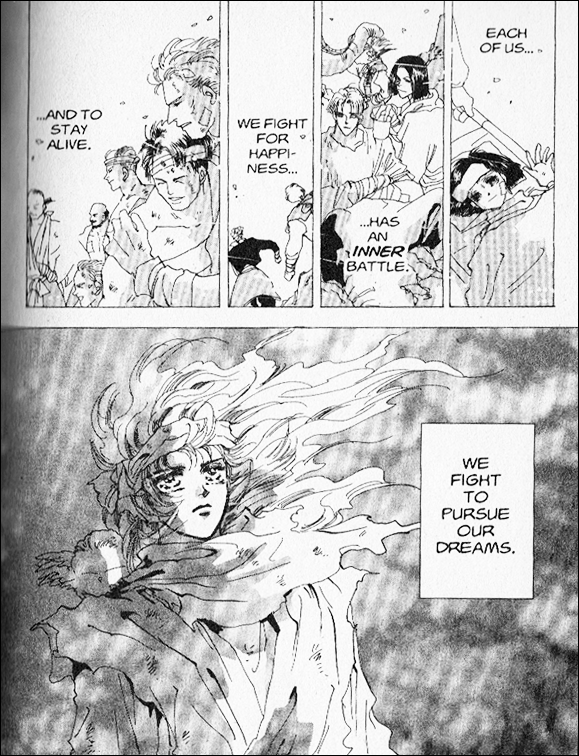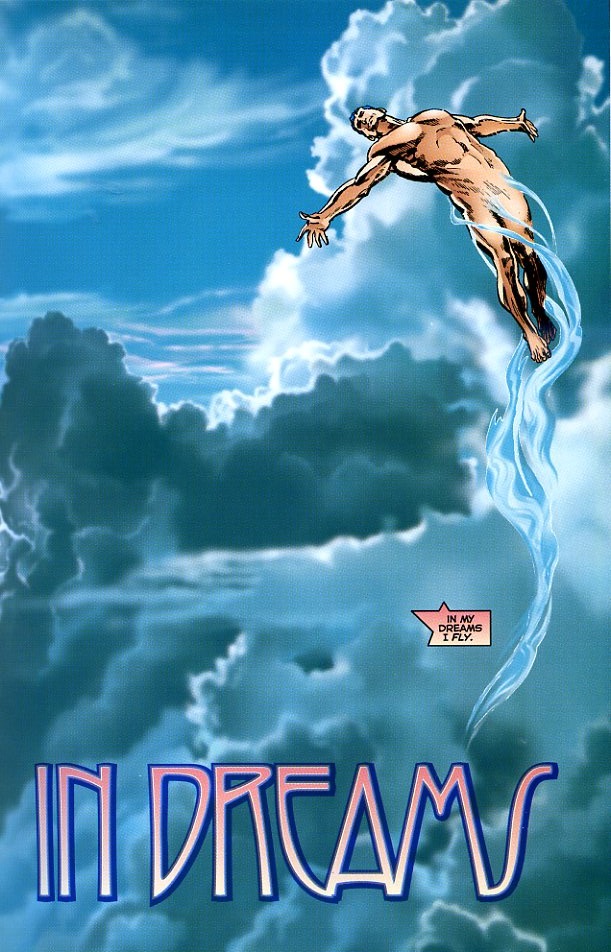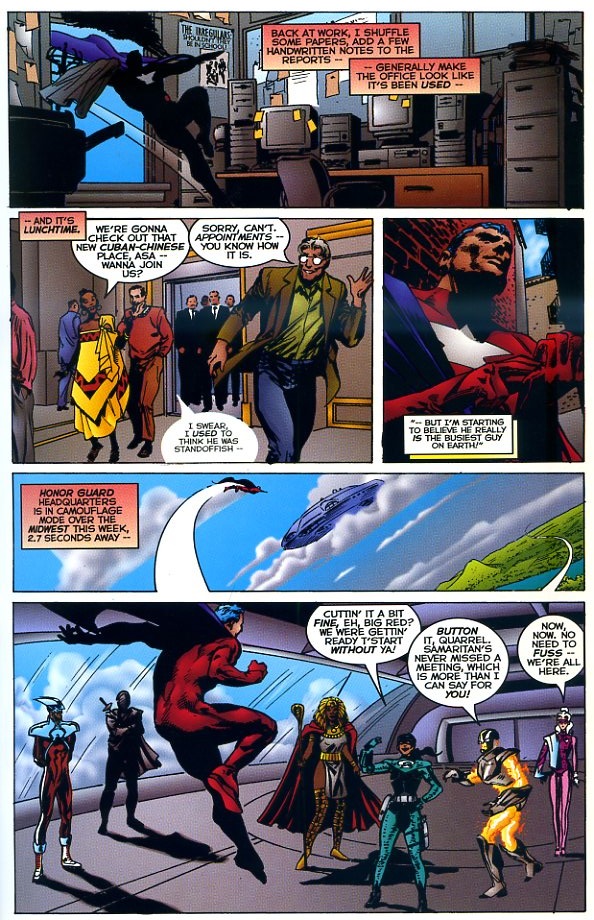Almost a decade ago, Shane Carruth’s film Primer took the Grand Jury Prize at Sundance. Shot for only $7,000, and looking like at least a million bucks, Primer was a low-key, hyperrealistic take on the time travel film in which two friends invent a machine that allows them to go a handful of hours backwards in time. They end up playing the stock market and becoming increasingly paranoid and sociopathic, betraying first their business partners and then each other.
Primer is a textbook “has potential” movie. Written, directed, produced by and starring Carruth, it displayed a great command of atmospherics and visuals while not quite working as a story. All time travel narratives must eventually either cheat or collapse under the weight of their own paradoxes, and when Primer eventually falls, it falls hard into a swamp of incoherence that borders on incompetence. Yet the movie seems to add up to something at the end, and is shot and edited in a fashion that makes it appear as if the filmmakers understand what is going on, even if you the viewer do not. This led many to mistakenly infer that Primer was smarter than they and anoint it a deep and meaningful film. Still, it was a first film, and made for next to nothing, and showed that Carruth was a filmmaker of promise. It also helped give rise to a new strain of low(ish)-budget, small-scale, personal science fiction films. Films like Brit Marling’s Another Earth or Duncan Jones’s Moon were both better than Primer, but it’s hard to imagine either would’ve gotten the attention they did without it.
Now Carruth is back with Upstream Color, another low budget, contemplative science fiction movie in which he wears even more hats, directing, writing, starring, cinematographing, composing, casting and designing the film. Upstream Color is a rare beast, a true auteurist science fiction work where every detail is the result of one man’s vision. It also demonstrates conclusively that Carruth’s skeptics were right. Upstream Color is ultimately an empty experience that squanders an interesting premise on meaningless beauty and mood.
Upstream Color is about a parasite that goes through three different life cycles. In the first, it’s a small white worm growing in plants. In the second, it grows inside humans, making them, in the immortal words of Khan Noonien Singh, highly susceptible to suggestion. In the third, it grows inside pigs. When the film opens, we see a man (he’s billed simply as “Thief”) cultivating the plant-stage parasites. He drugs a woman named Kris and infects her with it. Thief uses his total control over her to force to do all sorts of ponderous stuff like writing down passages of Walden on pieces of paper and then making paper chains of them. He also cleans out her bank account and gets her to pull all the equity out of her home and give it to him. Sometime later, a man billed only as The Sampler uses low frequency sound waves to summon her to his farm, where he extracts the parasite and puts it in a pig.
Soon, having lost everything and gone to work at a copy shop, Kris meets and finds herself mysteriously drawn to Jeff, a disgraced businessman who works for a hotel chain. Jeff, of course, is a victim of Thief as well, and we soon learn that their parasites were put into pigs who have since mated.
This is not a bad premise for a sci-fi film. Mind control parasites are, of course, an old saw, used in everything from Star Trek to Bodyworld to Fringe, but the added side-effect of the human-pig connection is a nice twist. One could imagine any number of things that could be done with the idea, from a Dickian paranoid parable of loss of control in love to a Michael DeForge freakout about the human body, to a searing indictment of the food industry.
Upstream Color decides that the best thing it can think of to do with this idea is to have Kris and Jeff fall intensely, cinematically in love, which is to say they stare at each other in intensely lit locations, sometimes breaking from this to either have emotional breakdowns or say ponderous bushwa into the ether. Then it digresses into a long segment featuring The Sampler wandering around nature recording various sounds and turning them into musical notes and spying on people (apparently he can turn invisible). In the end, Kris and Jeff are able to defeat The Sampler through means that make no sense but prominently feature a quinoa salad, retrieving rocks from a swimming pool, and more quotes from Walden. After killing the Sampler, they track down all the other victims of the parasite and start a cooperative farm.
Carruth tries to save the rapidly-deflating soufflé of Upstream Color’s plot by shooting the whole thing like The Tree of Life, constantly cutting between images, highlighting subjectivity, using deep-focus, voice-over, and a rapidly circling camera to overwhelm the viewer with beauty. The problem is that, love it or hate it, The Tree of Life is actually about something and the cinematic techniques on display in the film are part and parcel of the philosophical inquiry into which it enters. Upstream Color, meanwhile, is deploying these techniques to paper over a fundamental emptiness, just as Primer deploys the climactic-montage-with-recycled-voice-over trick of The Usual Suspects and The Sixth Sense to make it seem as if it’s headed towards some kind of revelation in its conclusion.
In many ways, Carruth might better be understood as a composer who works with images than an actual filmmaker. But as the film defaults to mood every time it should head towards meaning, the various gestures begin to feel manipulative, cynical rather than creative. As the friend I saw it with quipped to me over e-mail, “it was like a bad and spooky techno arrangement which seems at least to have the benefit of ambiguity until you realize it’s a cover of Riders On The Storm.” Upstream Color, then, exists at the intersection of The Beauty Problem and The Weird Shit Problem. Like a lot of so-called experimental art, it substitutes compositional beauty and oddballity for substance. It has the perfect alibi, “you just don’t get it, man,” which is, in its own way true. You don’t get it, man. There’s nothing to get.

